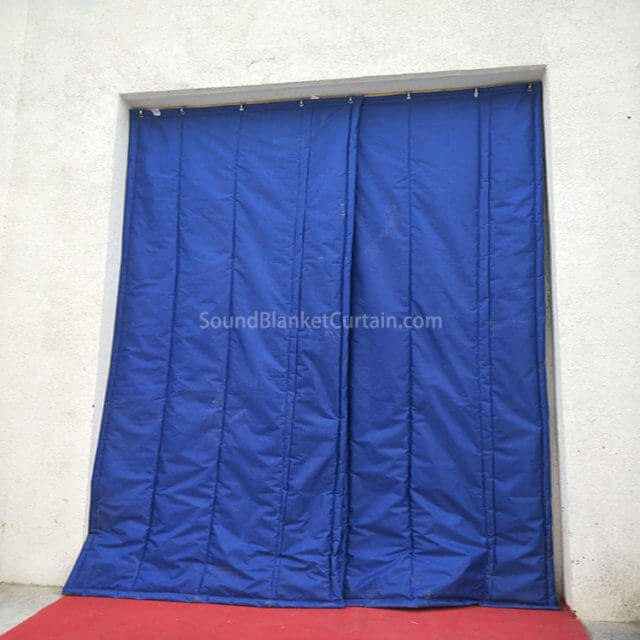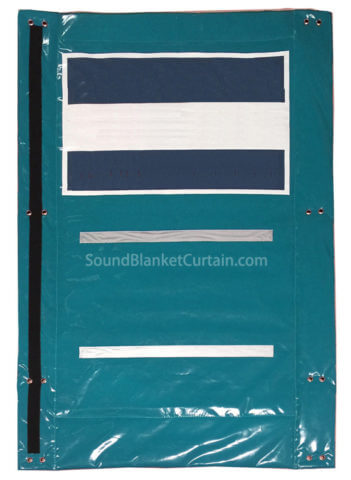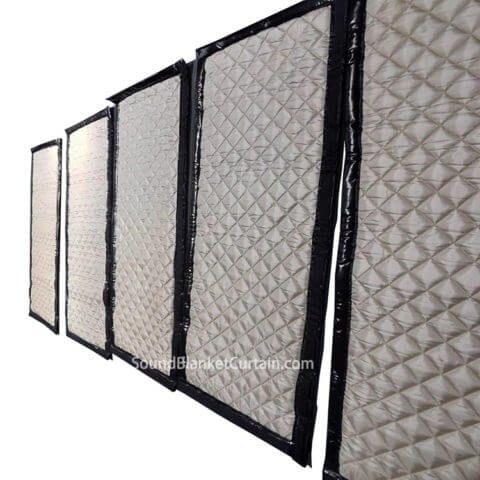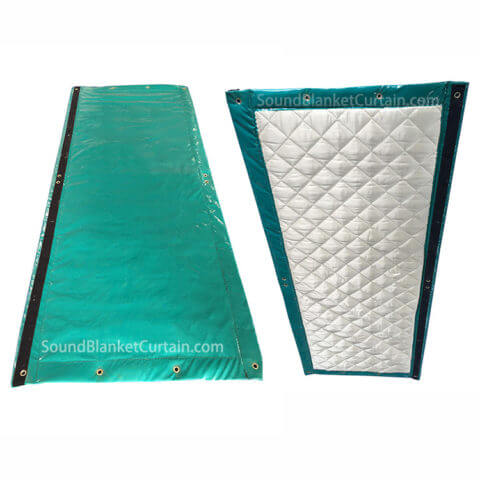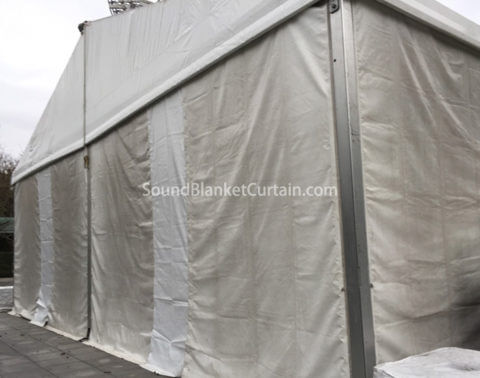Acoustical Curtains Manufacturer
Acoustical Curtains Manufacturer
Acoustical curtains, can they block noise and sound? There are many speculations on the Internet that acoustic dampening curtains are not a viable solution to loud sounds. Whether it is on a leaky door or window, people want to know whether they are an effective solution to block noise and sound.
Acoustic noise reduction curtains have come a long way. It was once thought that you need to use dense, thick materials to reject sound, but recent technological breakthroughs have brought affordable acoustic control curtains into the market. Unlike the luxurious acoustical curtain that only absorb echoes, we have developed flexible and durable curtains to block sound.
Acoustical Curtains Materials
Mass load vinyl
PVC film
Fiberglass cloth
Polyester acoustic wool
What makes acoustical curtains effective?
The main material that makes acoustic dampening curtains effective is the use of a heavily loaded vinyl core that reflects incoming noise through a polymer mixture of polyvinyl chloride and crushed limestone. This heavy barrier inside the curtain can block harmful sounds.
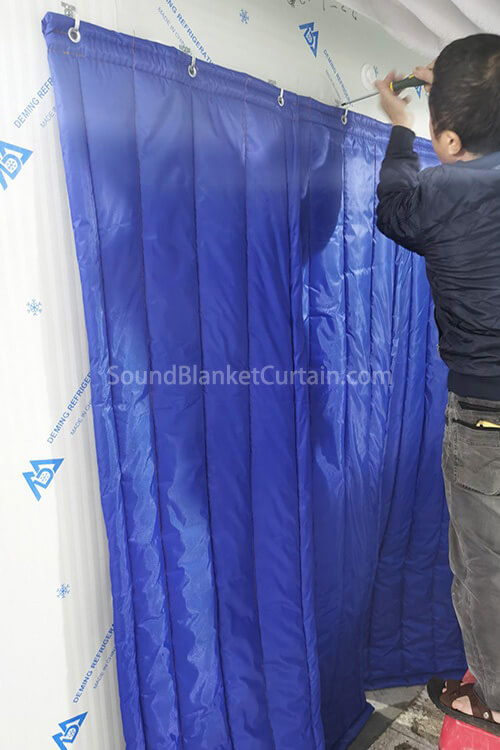
This does not make it a good absorber-if you have an echo in your home or studio, acoustic control curtains are not the answer, but sound-absorbing curtains, such as velvet, velvet or other heavy plush fabrics. Similarly, these acoustic noise reduction curtains will not play a big role, and can suppress inbound noise into your space. Make sure to identify your main sound problem and deal with it accordingly! If you do not sleep enough or your neighbors are noisy, please use acoustic control curtain. If you have echo problems in your room, use an acoustic dampening curtain.
When used outside or used as road works acoustic curtain
The working principle of the absorptive acoustical curtains is to absorb some traffic noise energy into the porous surface layer and also reflect some noise energy into the air. The energy absorbed by the obstacle surface reduces the accumulation of sound pressure in front of and above the obstacle. This increases the sound shadow thrown by the sound blankets and further reduces the noise behind the construction sound blankets. The additional noise absorption varies with the efficiency of the absorber and the height of the blanket.
